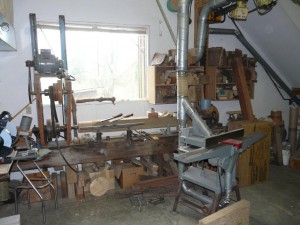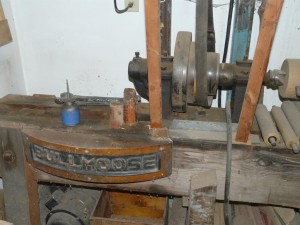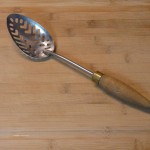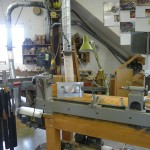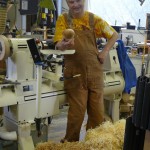As I proof read my last post it occurred to me that one point of interest (confusion?) to new turners is the option of flat versus oval skews. Here is my opinion on the topic, and as they say, that and a buck and a half will get you a cup of coffee.
Throughout recorded turning history skew chisels have been flat. Oddly enough my grandfather’s monstrous (weighs about 10 pounds) skew chisel is flat but is sharpened 90 degees across rather than skewed. But I digress… The point being that this hundred plus year old tool was obviously used successfully to turn pommels, beads and barrels on countless porch posts. The techniques used then were exactly the same as now and once mastered, a turner had no difficulty achieving the desired results.
Enter the 20th century and the age of marketing. About 20 years ago oval cross section skews began appearing on catalogue pages. They were touted as being the answer to rolling the perfect bead and generally making life easier with this seemingly unstable tool. I believe manufacturers were preying on unskilled turners who were without the advantage of teachers once the craft drifted into the background after the advent of automatic copy machines. Without proper training and very little written instruction, how could they know how to use it and how could they know when someone was having them on (B.S.-ing them)? By simply stating that the tool was easier to use, unskilled turners flocked to the till in hopes of finding a solution to their woes. Naturally, anyone who bought one had no choice but to support the notion that the oval skew was the answer to the problem. Secretly they still struggle in their basements and garages with a tool that didn’t perform as promised. I know because many have come to me, still seeking a solution to their woes.
Supposedly the rounded top and bottom makes rolling a bead easier and the oval cross section makes it easier to ride along the tool rest – or something like that. The truth is, to perform these cuts the same tool action is required for both flat and oval skews, so I see no advantage at all in the oval skew. Understanding how to use the tool for a planing cut and rolling a bead is the real answer, not changing a tool that works satisfatorily in the first place. In my view, removing metal to form the oval makes the tool weaker than if it was full dimension material. Worst of all, an oval skew is a nightmare to sharpen evenly, requiring yet another jig supplied by the manufacturer for repeatable results. Good deal… for them. The oval skew tends to rock on its oval cross section making it difficult to balance the grind side to side. By using a flat tool rest and simply presenting the cutting edge of the flat skew to the wheel in line with the axis of the grinder, an even grind is easily replicated. One final advantage a flat skew has over an oval skew of equal size: Mass. Tool mass is the woodturner’s friend, helping to conquer vibration.
I can say all that because at one time I actually owned an oval skew. It didn’t solve my problems, I finally learned how to use my old ones properly and promptly sold it to someone who was convinced they were the bees knees. A year later he came to me for lessons on how to use a skew. 🙂
Some turners prefer to sharpen their regular skew with a radius cutting edge, apparently to prevent catches. Again, if used improperly without supporting the cut with the bevel, a catch is just as imminent as with a regular straight grind. In reality it offers no advantage while making it tougher to roll a bead and harder to sharpen. The only modification I can think of that makes a regular skew perform better is to “break” and polish the corners of the tool to prevent damage to the tool rest and make it easier to slide along the rest. In my mind this no different than sharpening a tool – it’s just something you do to the tool to get it ready for service .
So, both tools require exactly the same handling technique to produce beads and barrels. A regular skew is as strong as the material can be within the dimension of the tool and is relatively easy to sharpen (second only to a scraper) while an oval skew is weaker because material has been removed from the maximum cross section and is also hard to sharpen. Your choice, but mine is with the tried and true.
The oval skew is not a magic bullet – proper technique is. I will discuss the techniques required for bead rolling and planing cuts in another post.
As always, I encourage your comments and questions, so please refer to the tag line at the bottom of the article to post a comment.


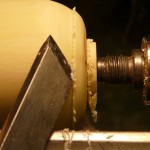
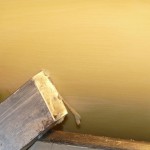

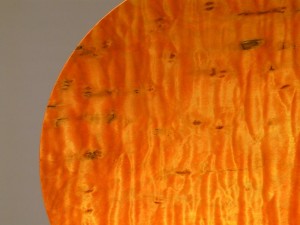

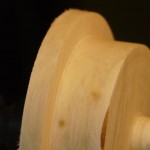
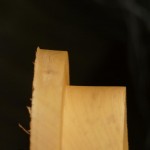
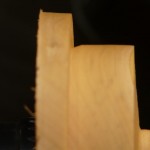
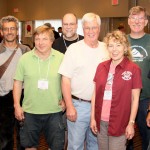
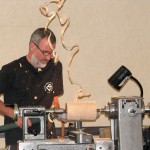
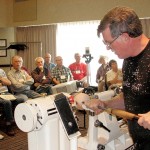
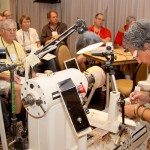
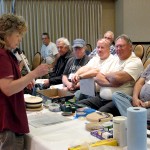
![pole_lathe[2]](https://edswoodturning.com/wp-content/uploads/2010/09/pole_lathe2-300x224.jpg)
